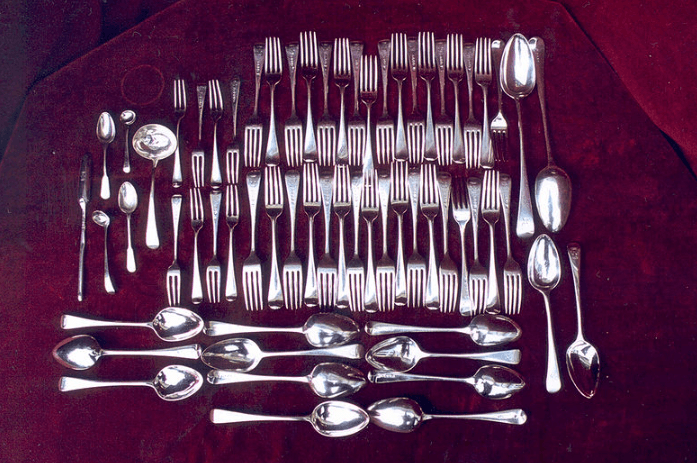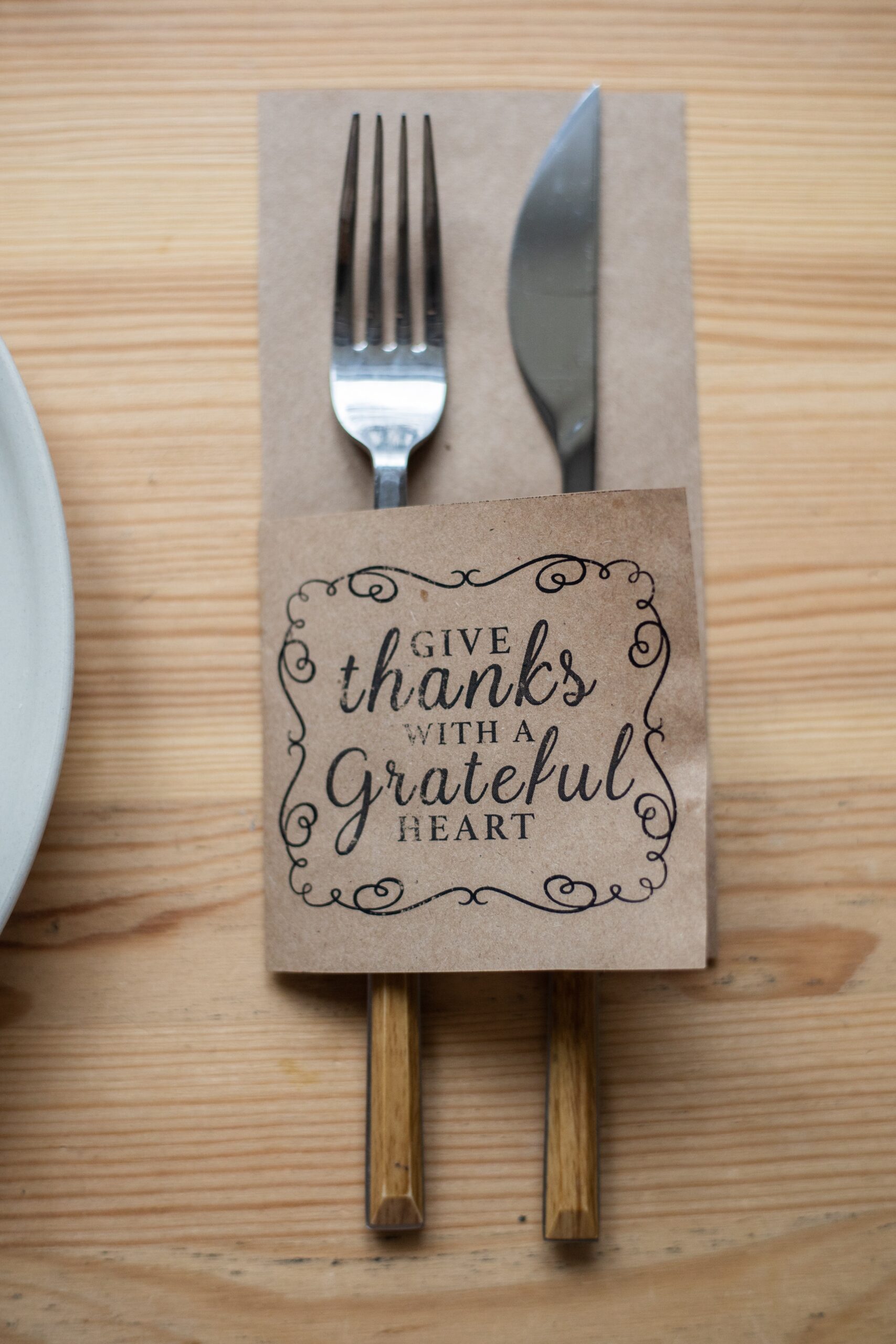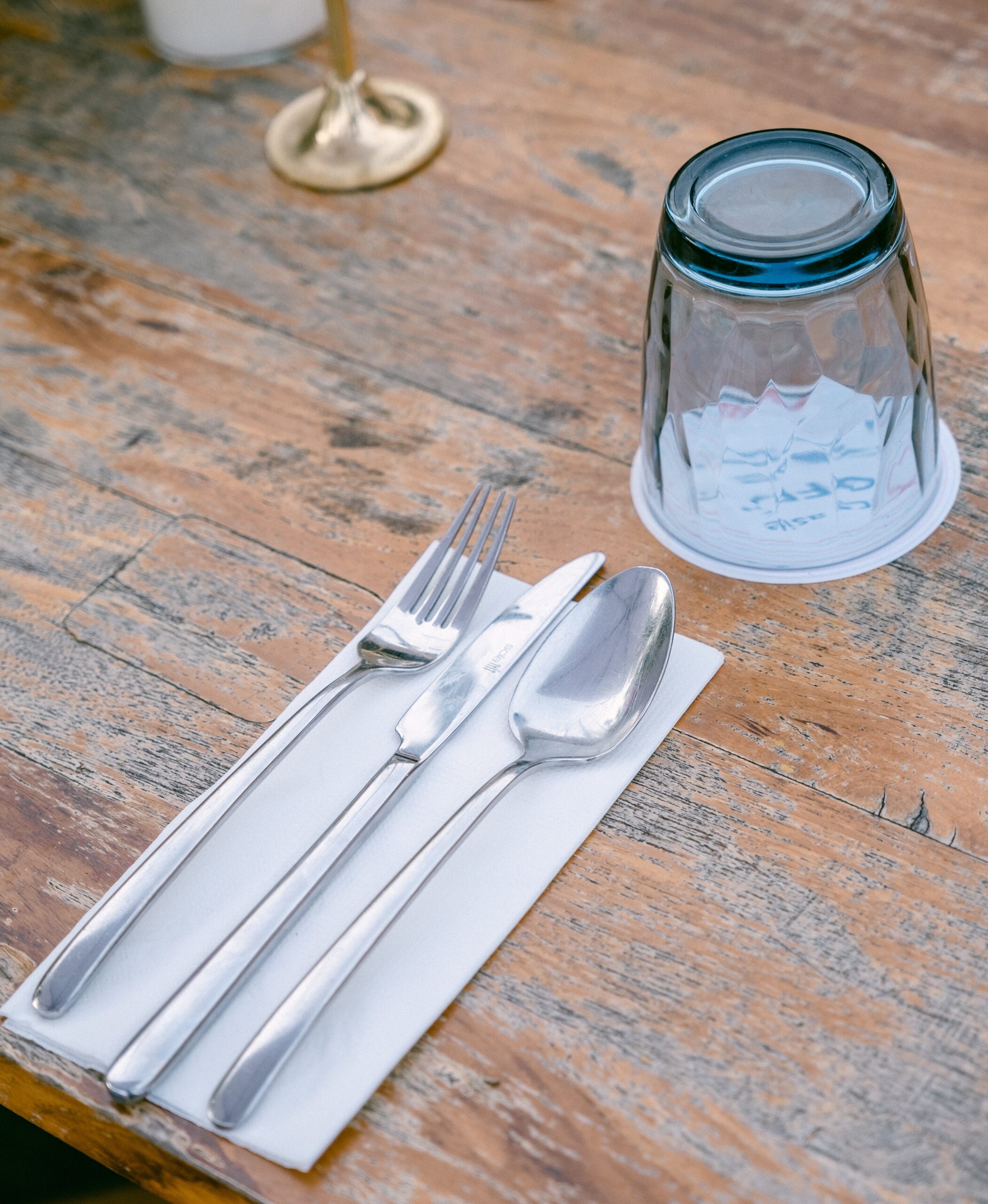The table has to be arranged. To prepare for dinner, do you get the silverware, flatware, or cutlery? Are these three interchangeable, or is there a difference that affects what belongs on the table? But what about if you have memories of holidays with decorations and instructions to go upstairs and get dressed in your nice clothes because your relatives are coming over for a holiday meal — and someone is in charge of pulling out the wooden box with polished knives, forks, and spoons in the velvet interior? What would you term those items for special occasions? Does it depend on the situation whether it is a casual family dinner or a more formal meal with a fancy table prepared for guests? Although flatware, silverware, and cutlery are sometimes used interchangeably, the three kinds of utensils differ in some ways.
Flatware
The spoons, forks, and other serving utensils we frequently use for dining meals are referred to as flatware. Although technically considered “cutlery,” Knives are not included in this list since a setting for each person seated at a table consists of these components. The phrase “flatware” can refer to a wide variety of eating and serving utensils, including plastic, stainless steel, acrylic, and silver-plated items. Flatware is sold in various qualities to suit various demands and decorating preferences. The spoons, forks, and other such utensils you use at social gatherings, school cafeterias, restaurants, and homes are typically considered to be members of the flatware family. Chopsticks are not commonly thought of as “flatware,” even though many of us keep them in the cutlery drawer with forks.
What Do the Numbers on Flatware Mean?
When purchasing flatware, you can see the packaging with 18/10, 18/8, or 18/0 written on it. These figures represent a grading system used to categorize stainless steel flatware and provide information about its makeup. The second number in the grading denotes the amount of nickel, and the “18” in the grade relates to the ratio of chromium contained in the flatware. Since nickel is what gives stainless steel flatware its brilliance and durability, a higher nickel content suggests that the flatware is of higher quality and will last longer. Therefore, if you’re shopping for stainless steel flatware, go for a set graded at 18/10.
Silverware
Although the term “silverware” is commonly used to refer to tabletop utensils, actual silverware requires that the piece be manufactured almost completely of silver. In other words, only dinnerware that contains a significant proportion of genuine silver qualifies as silverware. You ask, how much silver? A product must contain at least 92.5 percent silver in its production process to be properly categorized as silverware. Real silverware is often crafted from sterling silver. True sterling silverware, of course, has a high price tag and is consequently more frequently used for formal events.
How To Clean and Store Flatware and Silverware?
When it comes to upkeep and cleaning, flatware and silverware require different things. Flatware is designed to withstand the everyday abuse of being used, cleaned, and stored in a drawer. Both hand washing and dishwasher use are acceptable for flatware. Of course, frequently washing flatware of inferior quality in the dishwasher can cause observable wear over time, such as pitting and corrosion. On the other hand, flatware needs less maintenance than silverware because of the way it is created. The majority of genuine silverware makers advise cleaning each piece in warm water with mild soap and a soft cloth or sponge. Your cutlery should not ever be put in the dishwasher if you want to keep it shiny. To store silverware while not in use, many individuals may spend money on a wooden storage box with a soft inside.
Cutlery
Cutlery is a term that may be used to describe flatware and cutlery in current usage. It also signifies to cut and have. To serve and eat meals without getting our hands sticky or dirty in the kitchen, we use cutlery. This is how cutlery is described and used in daily life. In the past, people used cutlery composed of leaves, sharp stones, and clay. Most individuals are unaware that using cutlery is not considered part of modern society. They were also employed by our ancestors to serve others, feed children, and carve meat.
Cutlery is arranged in distinctive ways that signify diverse uses. Cutlery placed outside of a dish signifies that the meal has not yet begun. A person has finished their meal and is prepared for the next plate when they arrange their cutlery on the plate in the shape of a plus sign. Cutlery put parallel on the plate and facing left indicates that the meal has been done, and it was delicious. Simply said, it indicates that someone has finished their meal when cutlery is placed on the plate in a parallel, upward manner. Crossing the cutlery on the plate is a sign that the person is not fond of the cuisine.
Knives
They are utilized when serving and consuming food to cut various food items. Knives come in a vast range and can be classified according to how they are used. A chef’s knife for chopping, a fruit knife for paring, a fish boning knife, a bread knife for cakes and sponges, a cleaver knife for flattening, or a palette knife for decorating cakes can all be used. For eating reasons, they are typically used in conjunction with forks in American culture. Metal and ceramic knives are the most common types of knives in terms of material.
Spoons
Depending on their size and construction, spoons are used for serving, tasting, and eating. A spoon may be divided into many categories, such as a tasting spoon for tasting, a baby spoon for feeding babies, a cocktail spoon for stirring cocktails, a salad spoon for combining, an ice cream sundae spoon, a soup spoon for thick soups, and a coffee spoon for stirring milk in tea and coffee.
Forks
Food is held, scooped, sliced, and eaten with the use of forks. They range from forks with extended prongs for noodles to crab forks, dessert forks, fish forks, and meal forks.
Conclusion
In conclusion, silverware explicitly refers to tools produced mostly of silver, whereas flatware generally refers to spoons, forks, and serving utensils used for meals. Due to its higher cost and sensitive maintenance needs, silverware is only appropriate for formal events whereas flatware may be used daily. The larger category of cutlery, which includes diverse implements used for slicing, serving, and eating meals, includes both flatware and silverware.



